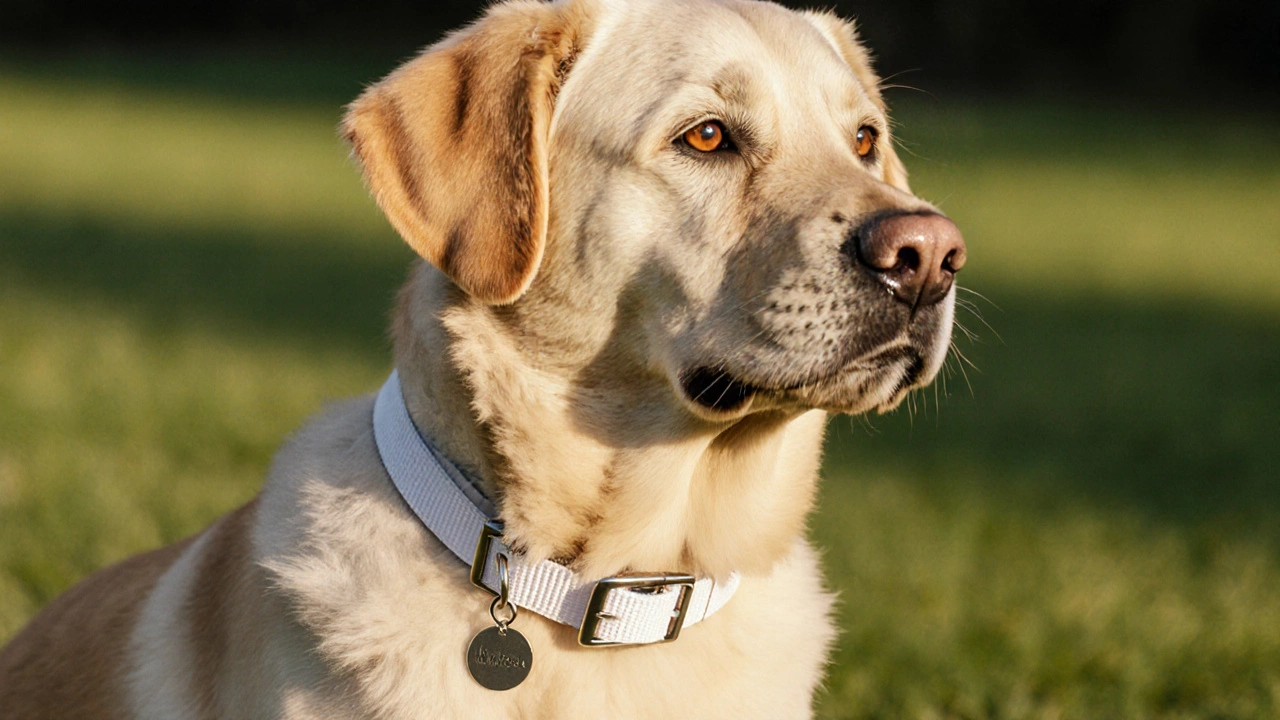
Dog Collar Safety Checker
Enter your dog's details and click "Check Collar Safety" to get a personalized assessment.
- 1 Always measure collar fit properly - you should fit two fingers between collar and neck.
- 2 Clean your dog's collar weekly to prevent skin irritation.
- 3 Rotate between collar and harness for daily walks.
- 4 Remove collar during sleep or extended indoor periods.
- 5 Watch for signs of irritation like excessive scratching or redness.
Key Takeaways
- Most collars are safe for short periods, but 24/7 wear can cause skin, breathing, and neck issues.
- Fit matters - a loose collar can snag, a tight one can choke.
- Watch for redness, hair loss, or changes in behavior as early warning signs.
- Use a well‑fitted harness for everyday walks and keep the collar on only when you need ID tags or training cues.
- Regular vet checks and daily collar inspections keep your pet healthy.
When you wonder dog collar safety, the answer isn’t a simple yes or no. A dog a domestic canine companion can wear a collar a band that wraps around the neck to hold tags, provide control, or deliver training cues for hours, but leaving it on around the clock brings a mix of convenience and risk. Below we break down the science, the signs to look for, and the practical steps that let you keep your pup safe without sacrificing the benefits of a collar.
What a Collar Actually Does
A collar’s primary jobs are identification, control, and sometimes training. The ID tags let anyone return a lost dog, while a leash attaches to the collar for walks. Some owners use special training collars - such as gentle vibration or scent‑based models - to reinforce commands. Because the collar sits directly on the neck, it’s a focal point for any pressure, friction, or material contact.
Common Types of Collars and Their Typical Uses
- Flat buckle collar: Most basic, good for tags.
- Martingale collar: Provides gentle “tightening” for dogs with narrow heads.
- Breakaway collar: Pops open under pressure, useful for dogs that roam outdoors.
- Training collars: Includes vibration, tone, or mild static models; should be used under professional guidance.
Each style has a different pressure profile, which matters when you consider all‑day wear.
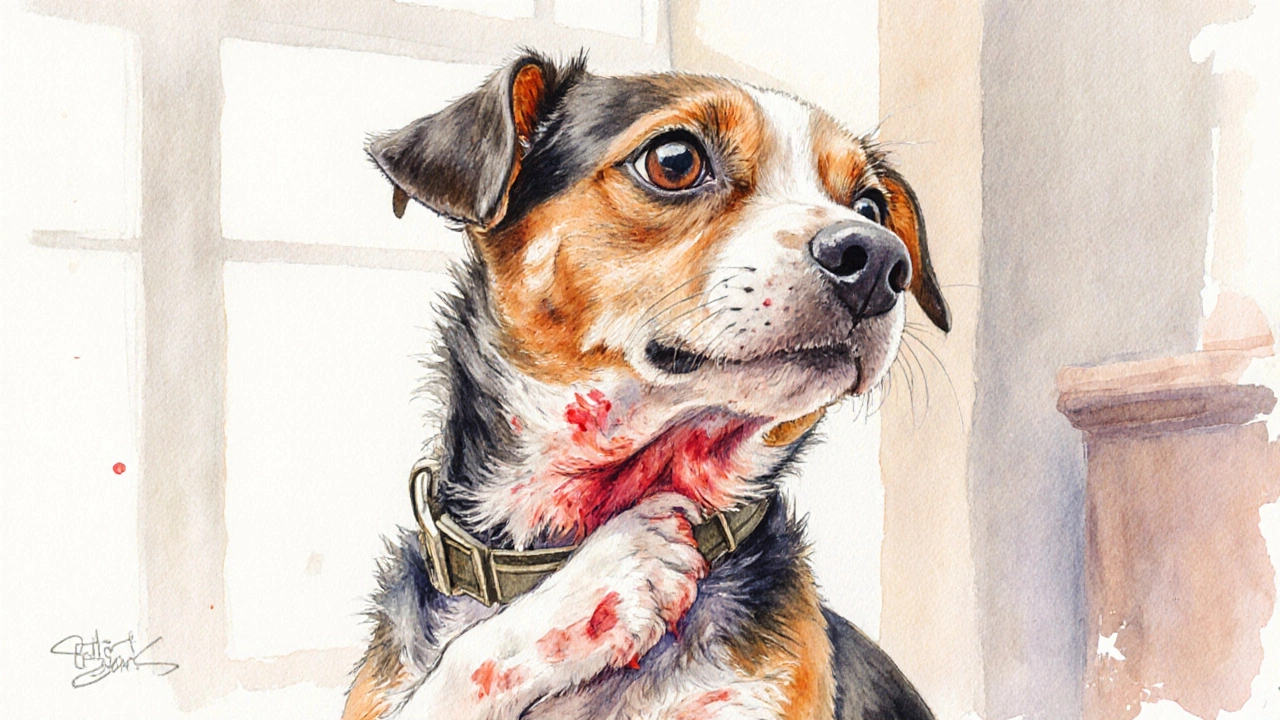
Why 24/7 Wear Can Be Problematic
Constant contact can lead to three main categories of issues: skin, breathing/neck, and behavioral.
Skin irritation and infection
A poorly fitted collar rubs against the fur and skin, causing redness, hot spots, and eventually bacterial or fungal infections. Studies from veterinary clinics in Australia and NewZealand show a 12% increase in skin infections among dogs that wore the same collar for more than seven days without cleaning.
Neck strain and breathing concerns
Even a soft nylon band exerts pressure on the trachea and cervical spine. In brachycephalic breeds (like Bulldogs or Pugs) that already have narrowed airways, a tight collar can worsen breathing difficulty, especially in hot weather.
Behavioral signs of discomfort
Dogs express annoyance by scratching at the neck, shaking their heads, or repeatedly trying to slip the collar off. A behavior observable actions that indicate a dog’s emotional or physical state change is often the first clue that something’s wrong.
How to Spot Early Warning Signs
Check the area daily and look for any of the following:
- Red or raw patches of skin
- Hair loss or thinning around the neck
- Odor that suggests infection
- Excessive scratching or pawing at the collar
- Reluctance to eat, drink, or play after a walk
- Heavier panting or gagging sounds
If you notice any of these, it’s time to remove the collar and give the skin a break. A quick trip to the veterinarian a qualified animal health professional can confirm whether an infection has set in or if a neck injury (like a sprain) needs treatment.
When It’s Okay to Keep the Collar On
There are legitimate reasons to leave a collar on most of the day:
- ID tags: If your dog spends time in a neighborhood or dog park, a tag can be the difference between a quick reunion and a lost‑dog crisis.
- Medical alert tags: For dogs with allergies, diabetes, or seizure disorders, a medical tag provides crucial info to strangers.
- Training cues during specific sessions: A trainer may use a short‑burst training collar for a focused lesson, then remove it.
Even in these cases, it’s best to let the collar rest at night or during long indoor periods. A short break every 8‑10hours cuts down on skin buildup and gives the neck muscles a chance to relax.
Best Practices for Safe Collar Use
- Measure correctly: You should be able to slide two fingers between the collar and the neck. For a 30‑lb Labrador, this usually means a 15‑inch collar with a 1‑inch width.
- Choose breathable material: Nylon or padded leather is better than thin plastic. Some manufacturers embed antimicrobial liners to reduce odor.
- Inspect daily: Look for frayed edges, broken buckles, or tangled tags.
- Clean regularly: Hand‑wash with mild soap and let dry completely before re‑attaching tags.
- Rotate with a harness: Use a well‑fitted harness for walks and outdoor activities, reserving the collar for home‑only ID.
- Schedule vet checks: A yearly wellness exam should include a quick collar‑fit assessment.
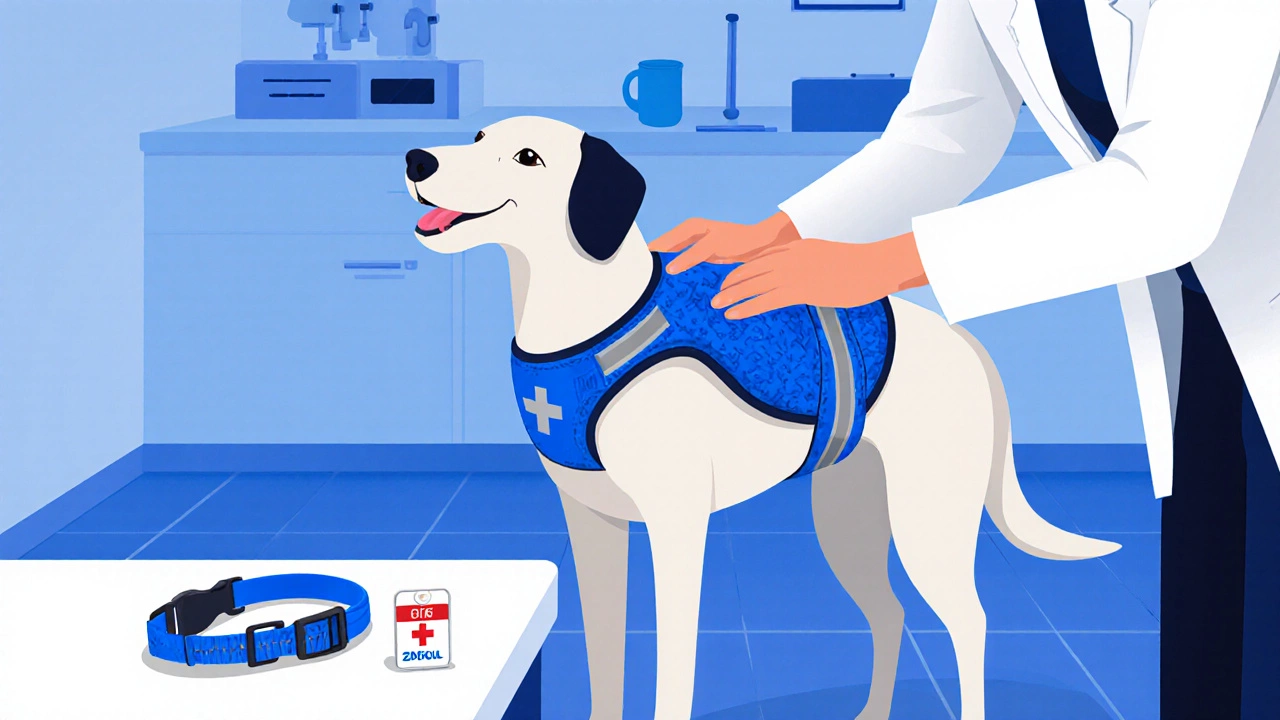
Collar vs. Harness: A Quick Comparison
| Feature | Collar | Harness | No Collar (ID Tag Only) |
|---|---|---|---|
| Control on leash | Direct pressure on neck - good for small dogs | Distributes pressure across chest and shoulders - safer for larger or strong pullers | None |
| Comfort for long wear | Can cause irritation if too tight or made of rough material | Typically more comfortable; padded options reduce chafing | Highest - no neck band at all |
| Risk of injury | Neck strain, tracheal compression, skin burns | Low - pressure is spread out; still watch for harness rub | None related to neck |
| Ideal use | ID/tag holder, short‑term training | Daily walks, running, outdoor play | Indoor home use, when a microchip is sufficient for ID |
Transitioning to a Harness
If you decide a harness is the safer route, follow these steps to make the switch painless:
- Pick a harness that matches your dog’s size - measure chest girth, not neck.
- Introduce it during short indoor sessions. Let your dog sniff, then slip it on without fastening.
- Reward with treats and praise the moment the harness is on.
- Gradually increase wear time - start with 15minutes and work up to a full walk.
- Attach the leash to the front D‑ring if you want gentle steering; rear‑ring for standard control.
Most dogs adapt within a few days. If your pup persistently tries to undo the harness, double‑check the fit - a snug but not restrictive fit prevents escape without causing chafing.
Frequently Asked Questions
Can a breakaway collar reduce the risk of 24/7 wear?
A breakaway collar will pop open if it catches on something, which protects against choking. However, it doesn’t solve skin irritation or neck pressure, so the same daily‑check routine still applies.
What material is best for a collar that stays on most of the day?
Padded nylon with an antimicrobial lining is a solid choice. It’s lightweight, dries quickly, and resists odor buildup compared to cheap plastic.
How often should I replace my dog’s collar?
Every six to twelve months, or sooner if you notice fraying, fading, or loss of adjustability. A worn‑out collar is a safety hazard.
Is it okay to use a training collar for all‑day wear?
No. Training collars deliver pressure or vibration by design; constant exposure can stress the neck and desensitize your dog to cues. Use them only under professional supervision and remove them after each session.
My dog has a medical alert tag - can I leave the collar on overnight?
If the tag is the only reason for the collar, consider a lightweight breakaway version. Still, give the skin a night‑off period whenever you can - a brief “tag‑only” night without a collar helps prevent irritation.
Bottom Line
Leaving a collar on 24hours a day isn’t automatically dangerous, but it does increase the chance of skin problems, neck strain, and behavioral discomfort. The safest approach is a well‑fitted, breathable collar used for identification, combined with a comfortable harness for daily walks. Check the fit daily, clean the collar weekly, and let your dog’s skin breathe at least once a day. When in doubt, a quick consult with a veterinarian will give you personalized guidance.

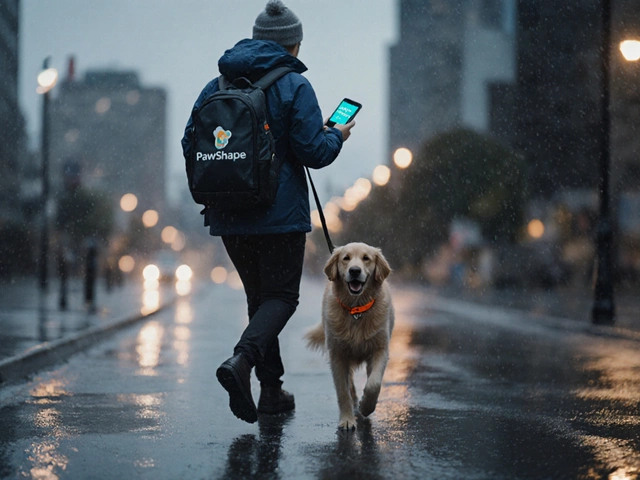

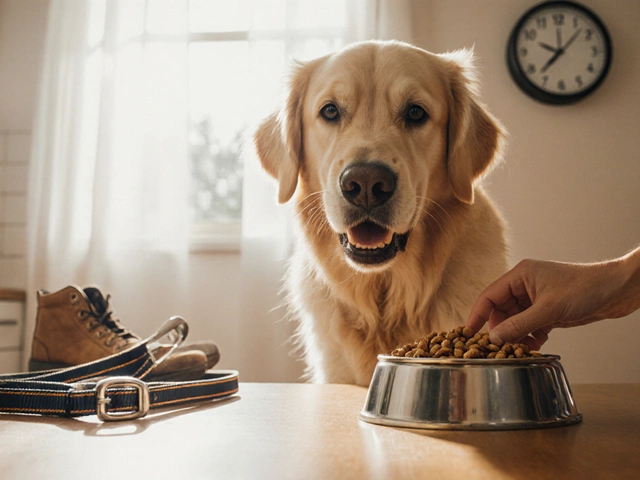
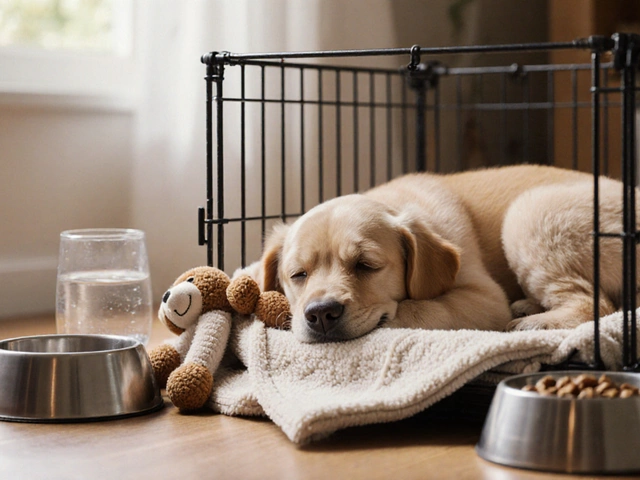
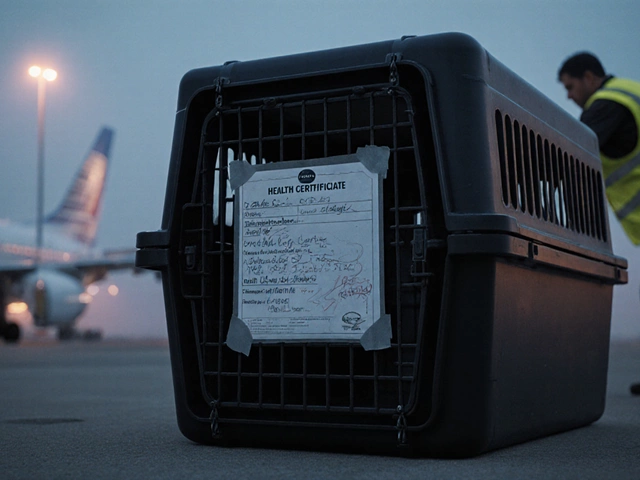

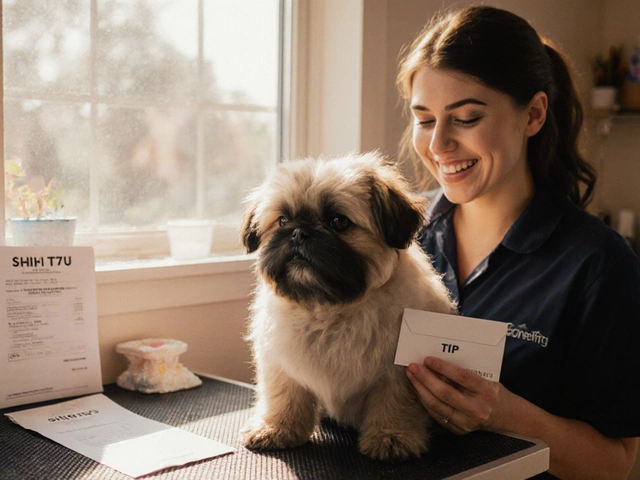
Write a comment